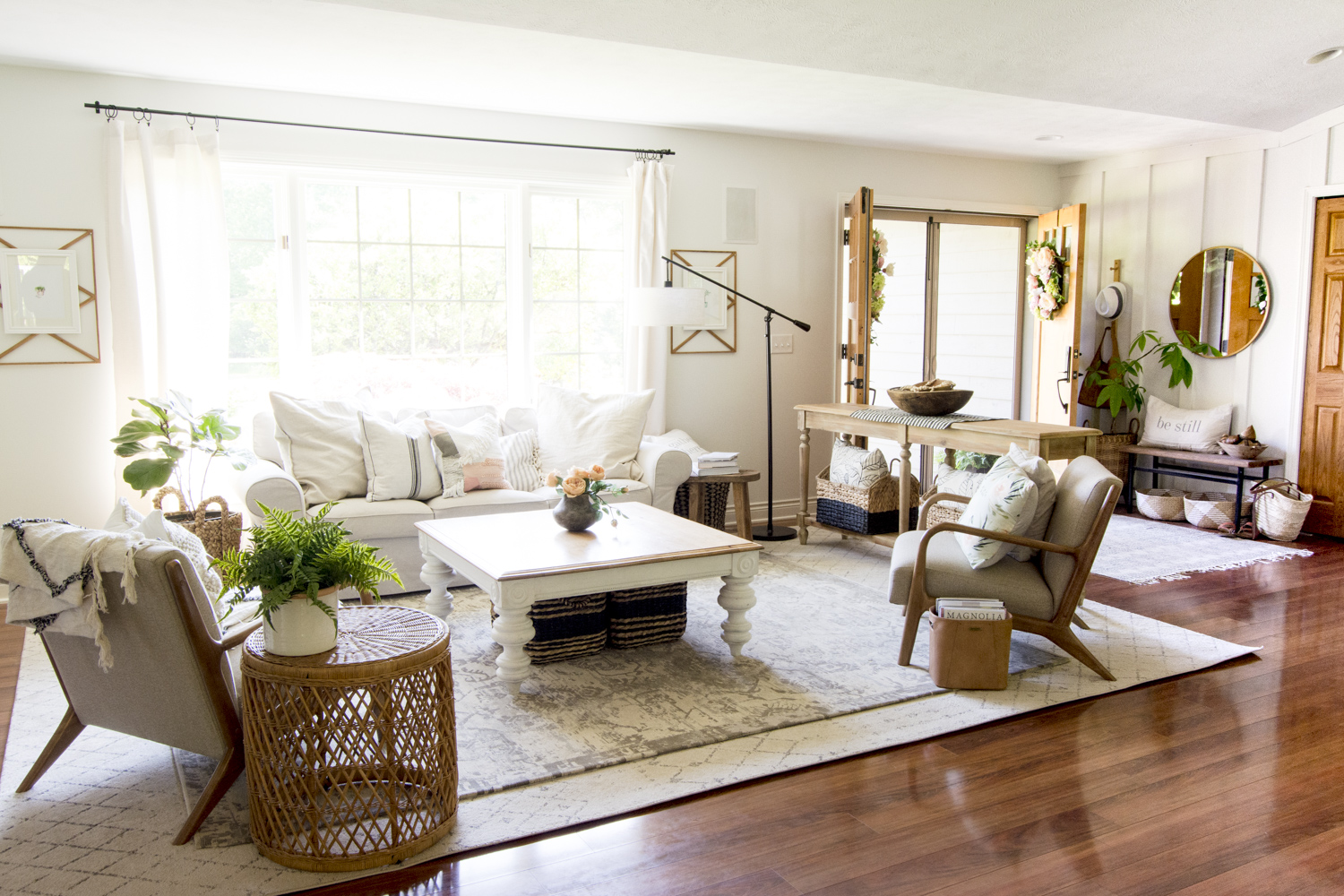DIY Solutions for Darkening Windows: How To Darken Windows In Bedroom

If you’re looking for a budget-friendly and customizable way to darken your bedroom windows, DIY solutions are a great option. These methods offer flexibility and allow you to tailor the level of darkness to your specific needs. Here’s a breakdown of some popular DIY techniques and their considerations:
Blackout Lining for Existing Curtains, How to darken windows in bedroom
Adding blackout lining to your existing curtains is a simple and effective way to block out light. This method involves sewing a layer of blackout fabric to the back of your curtains, creating a barrier against sunlight.
- Materials: Blackout fabric, sewing machine or needle and thread, measuring tape, scissors, pins.
- Steps:
- Measure the width and length of your curtains.
- Cut the blackout fabric to the same dimensions, adding a seam allowance of about 1 inch.
- Pin the blackout fabric to the back of your curtains, aligning the edges.
- Sew the blackout fabric to the curtains using a sewing machine or by hand.
- Challenges: This method requires basic sewing skills. If you’re not comfortable sewing, you can consider using fabric glue or iron-on adhesive.
- Tips: Use a heavier-weight blackout fabric for maximum light blockage. Consider adding a second layer of blackout lining for even greater darkness.
Window Film
Window film is a self-adhesive material that can be applied directly to your windows to block out light and provide privacy. It comes in various shades and patterns, allowing you to choose the level of darkness that suits your preferences.
- Materials: Window film, spray bottle, squeegee, measuring tape, utility knife, ruler.
- Steps:
- Clean the window surface thoroughly.
- Measure the window and cut the window film to size, leaving a small margin for overlap.
- Spray the window surface and the back of the window film with water.
- Carefully apply the window film to the window, smoothing out any air bubbles with a squeegee.
- Trim any excess film with a utility knife.
- Challenges: Applying window film can be challenging, especially for large windows. Air bubbles can form if the film is not applied smoothly. Some window films can be difficult to remove.
- Tips: Work in a well-ventilated area to avoid fumes. Use a heat gun to help smooth out air bubbles. Consider using a professional for large windows or complex installations.
Temporary Coverings
For a quick and easy solution, you can create temporary coverings for your windows using materials you likely already have at home. These coverings can be easily removed and stored when not needed.
- Materials: Sheets, blankets, cardboard, tape, clothespins.
- Steps:
- Hang sheets or blankets over your windows using clothespins or tape.
- Cover windows with cardboard and secure it with tape.
- Challenges: Temporary coverings may not be as effective as permanent solutions and may not provide complete darkness. They can also be unsightly.
- Tips: Use multiple layers of fabric or cardboard for increased darkness. Consider using a dark-colored material for better light blockage.
